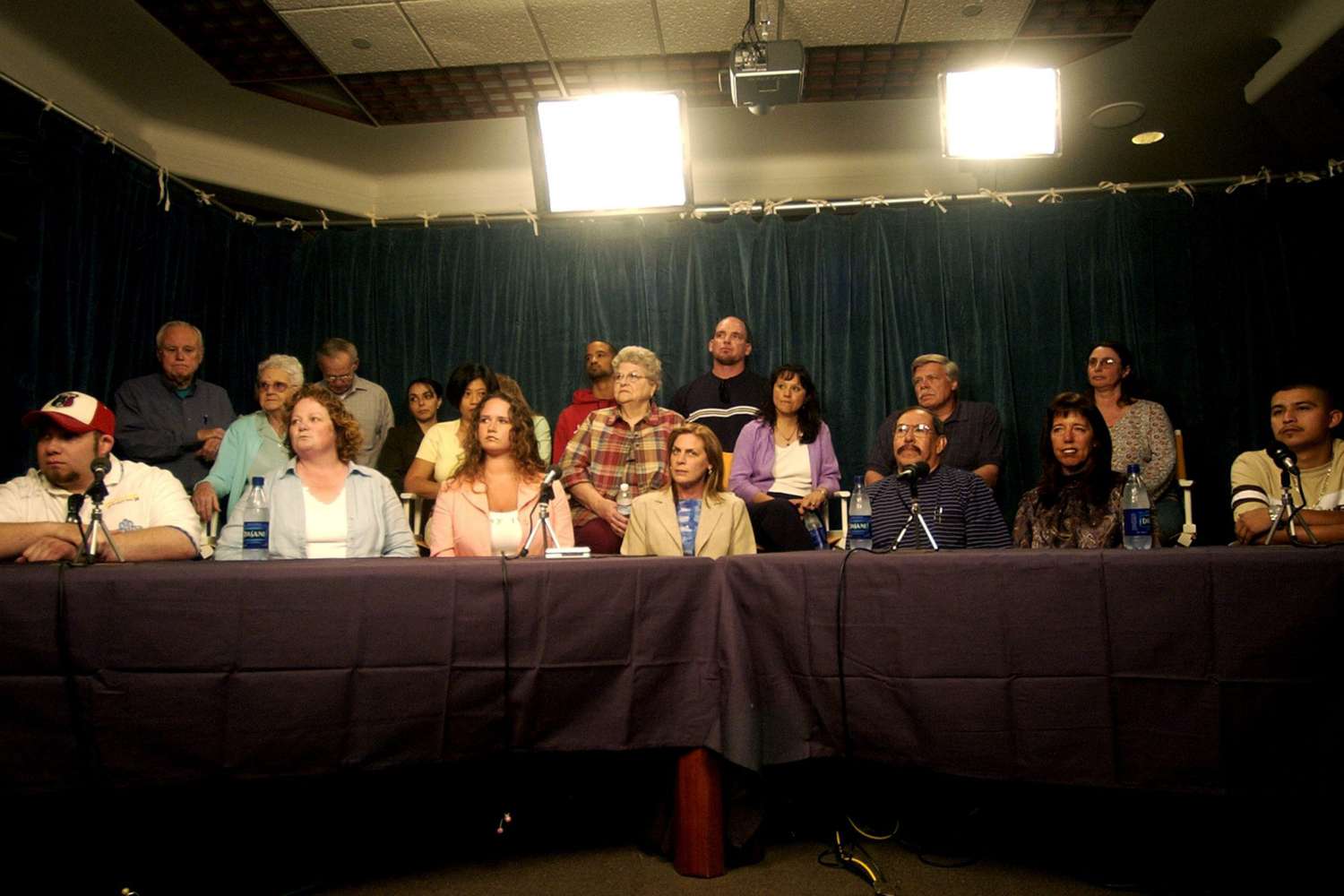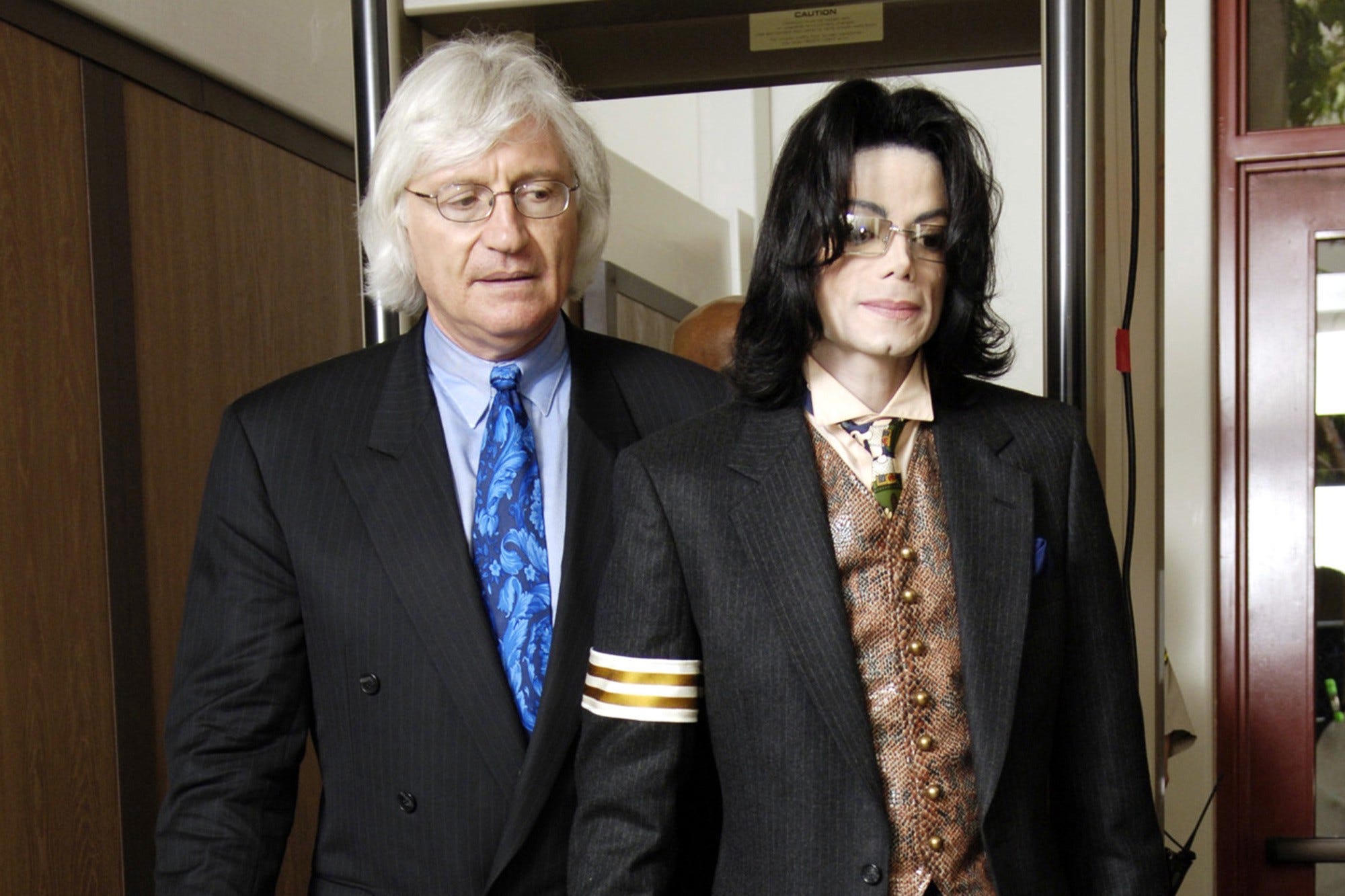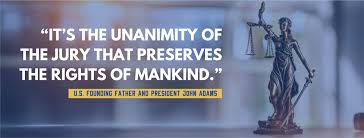You might not be
able to make 500 million friends without making a few enemies along the way, but you can learn a lot
about all your friends and enemies from what they post on their Facebook or Twitter
page. So, what can lawyers learn about jurors through social media, and what problems
might arise from using social media sites to learn more about jurors and
potential jurors?
At first, using social
media data can be a daunting task to learn more about jurors – and even more so
when it comes to potential jurors in preparation for voir dire. Extensive data is compiled
across different sites, and it can be simply inefficient to sift through it in certain
circumstances.
For instance, if names of veniremembers are only given shortly before voir dire
begins, too much time would be spent just trying to verify that the social
media account was the correct one to even begin learning anything from it. But there can still be a lot to gain from social
media, even as a simple jumping-off point, in both jury selection and insight
on the selected jury.
Jury Selection
People love to
post on social media about everything from their thoughts on national issues to
the best Thanksgiving recipes. While some of this information might not be useful,
a lot can give attorneys more insight on who they might be selecting to be on
the jury panel. Of course, during the jury selection process, voir dire, there
might not be much time to dig through posts on specific topics. But even still, things
like a person’s relationship status, job, religion, political leanings, and
education may all still be listed on a person’s Facebook profile page.
Another aspect
of social media that can give attorneys quick insight into potential jurors
during, or in preparation for, voir dire is the jurors' interactions on the
social media site with others and other posts. Twitter, for instance, allows
other users to see the posts a public profile has ‘liked.’ Facebook’s post
interaction is more robust and may potentially offer more insight than Twitter’s
simple ‘like’ feature because Facebook allows for potential jurors to not only
like, but love, dislike, indicate sorrow, or even laughter. Interactions with
posts like local news articles or opinion pieces, especially relating to the
topic the trial may center on, can give attorneys a powerful glance into a potential
juror’s feelings.
This information can create a great starting point to begin tailoring voir dire
questions and gain a jump start on understanding the potential jurors a little
better.
Gaining Insight on the Jury
When trying to
gain insight into jurors' and potential jurors’ beliefs and backgrounds, a
tailored approach and filtered approach yield the best results. But this often requires
time and resources that aren’t available during jury selection, but those
resources may be at hand once the jury is set. At that point, the data serves
to guide arguments, trial strategies, and strategies on evidence presentation.
Jurors may
indicate things about their interests or beliefs that can be used to craft appealing
trial themes, allegories, or stories that relate to the juror’s interest to
better tell your client’s story. This is also an
opportunity to take a juror that you believed to be apathetic or unfavorable to
your side during voir dire and find something that will relate to the juror, ultimately
making them now sympathetic to your case.
Going past
social media can also be extremely helpful post-selection. Doing a broader internet
search of potential jurors can give information about a person’s family status,
political party registration and campaign contributions, and potential wealth
valuation.
More information, such as information about bankruptcies, liens, civil cases in
general, criminal history, professional licenses, and incorporation filings,
can also be gleamed about potential jurors through online subscription
databases.
Ethics
Before
diving into the endless sea of the internet and social media sites, it’s
important to be mindful of any ethical rules and adhere strictly to them –
always erring on the side of caution. The ABA Model Rule 3.5 charges attorneys
with maintaining the impartiality and decorum of the court or tribunal. This includes avoiding
any inappropriate communications with jurors that might be an attempt to
influence them, harass them, that would be unwanted, or that would be made ex
parte.
But
the ABA’s stance in Formal Opinion 466 is that attorneys can access potential
jurors’ and jurors’ social media accounts, but they cannot send access
requests, use others to send access requests, or circumvent privacy settings. This would be exactly the
type of ex parte and unwanted communication that Rule 3.5 guards against.
Social
media can be a fantastic tool in many facets of society, including litigation strategy
and jury selection. There is a treasure trove of knowledge that we make available
to the public through social media platforms as a way to connect with others that
can also be extremely helpful to trial attorneys hoping to learn more about
what kind of juror you might be. But social media also comes with its own
privacy and ethical concerns, so always stay mindful of the professional ethical
rules before using social media as a tool to gain insight into who might be
comprising the jury.












